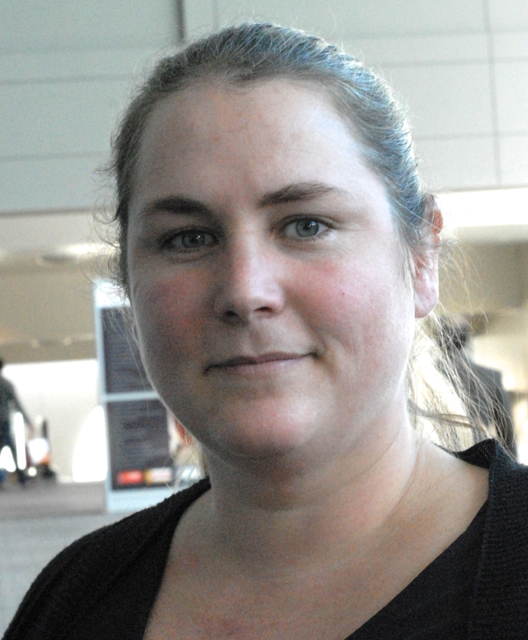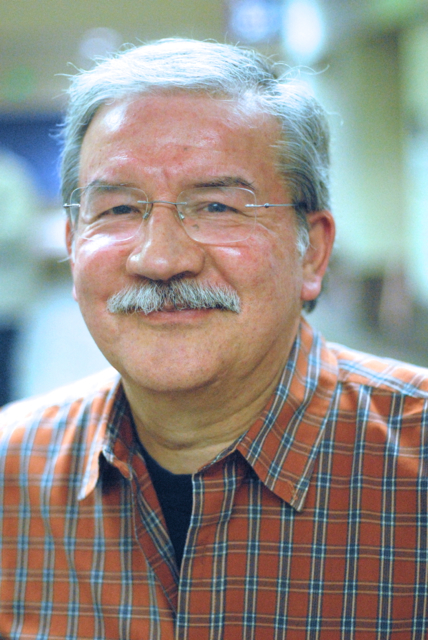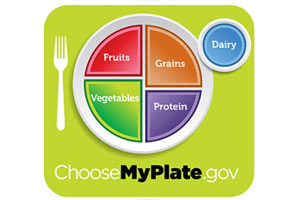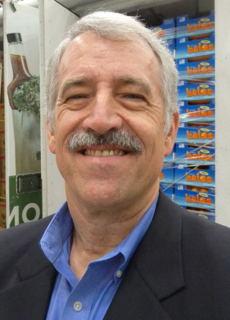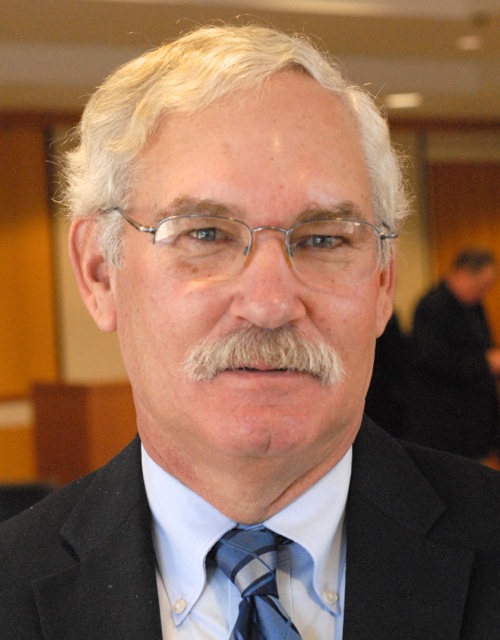Water Initiative Approved by AG
California Water Priorities Initiative Goes to Ballot
The Attorney General of California, Kamala Harris, has prepared the following title and summary of the chief purpose and points of the proposed water initiative:
WATER BOND. REALLOCATION OF BOND AUTHORITY TO WATER STORAGE PROJECTS. INITIATIVE CONSTITUTIONAL AMENDMENT AND STATUTE.
Prioritizes water uses in California, with domestic uses first and irrigation uses second, over environmental, recreational, and other beneficial uses. Reallocates up to $10.7 billion in unused bond authority from existing high-speed rail ($8.0 billion) and water storage ($2.7 billion) purposes, to fund water storage projects for domestic and irrigation uses.
Removes requirement that water storage projects funded by the $2.7 billion amount also benefit the environment. Creates new State Water and Groundwater Storage Facilities Authority to choose the projects to be funded by reallocated bond amounts. Summary of estimate by Legislative Analyst and Director of Finance of fiscal impact on state and local government:
No significant increase or decrease in the state’s anticipated debt payments from the redirection of up to $10.7 billion in bonds from previously approved measures, assuming these bonds would have been sold in the future absent this measure. Unknown net fiscal effects on state and local governments due to measure’s changes to how water is prioritized in the State Constitution, as well as potential changes to funding levels available for capital projects.
_____________________
“Measure is an opportunity for California’s people to influence the state’s priorities directly” said California Water Alliance, executive director Aubrey Bettencourt, executive director of the California Water Alliance, which is the sponsor of the water initiative.
“It’s a rare chance for the people of California to tell the state to get its priorities straight,” Bettencourt said. “High-speed rail is an unpopular boondoggle and a reliable water supply means more to the people and economy of this state in light of the current drought than ever before. Californians want to prepare the state for inevitable new droughts yet to come.”
Bettencourt emphasized that adding more storage to the state and federal water project systems will benefit more than just people and food producers, it will mean that wildlife refuges and habitats throughout the state will benefit from additional water when new droughts inevitably arrive. “The measure will give the system more operational flexibility and more options,” she said.
_____________________
About the California Water Alliance
The California Water Alliance is a statewide nonprofit organization dedicated to raising awareness about the nature of water and promoting long-term, sustainable solutions that meet the health and security needs of families, cities, businesses, farmers and the environment.
About the California Water Alliance Initiative Fund Committee
The California Water Alliance Initiative Fund Committee (FPPC ID#1381113), sponsored by the California Water Alliance, a non-profit IRC §501(c)(4) organization, is a state primarily formed ballot measure recipient committee organized to qualify two or more state ballot measures for the November 2016 ballot. It is permitted to accept unlimited, non-tax-deductible donations from individuals, corporations, partnerships, nonprofit organizations, and any other lawfully permissible sources.

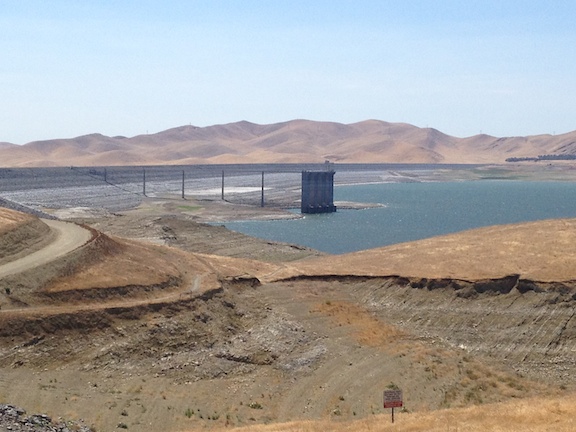
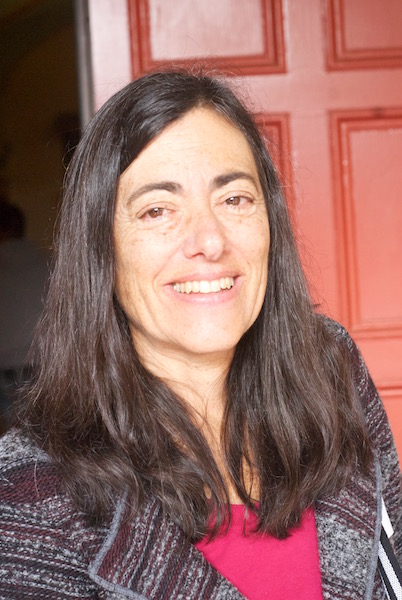





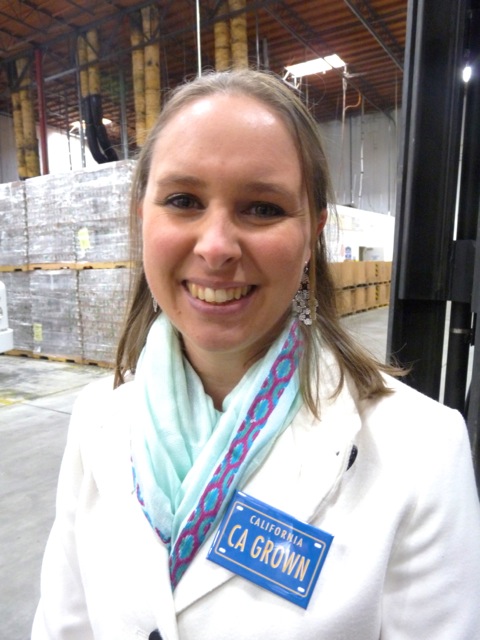
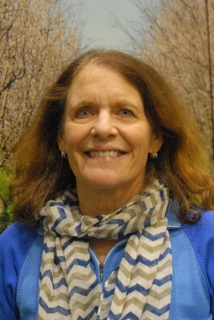
 Established as a non-profit organization in 2006, PAm has the goal of funding and directing research to enhance the health and vitality of honey bee colonies while improving crop production.
Established as a non-profit organization in 2006, PAm has the goal of funding and directing research to enhance the health and vitality of honey bee colonies while improving crop production. 